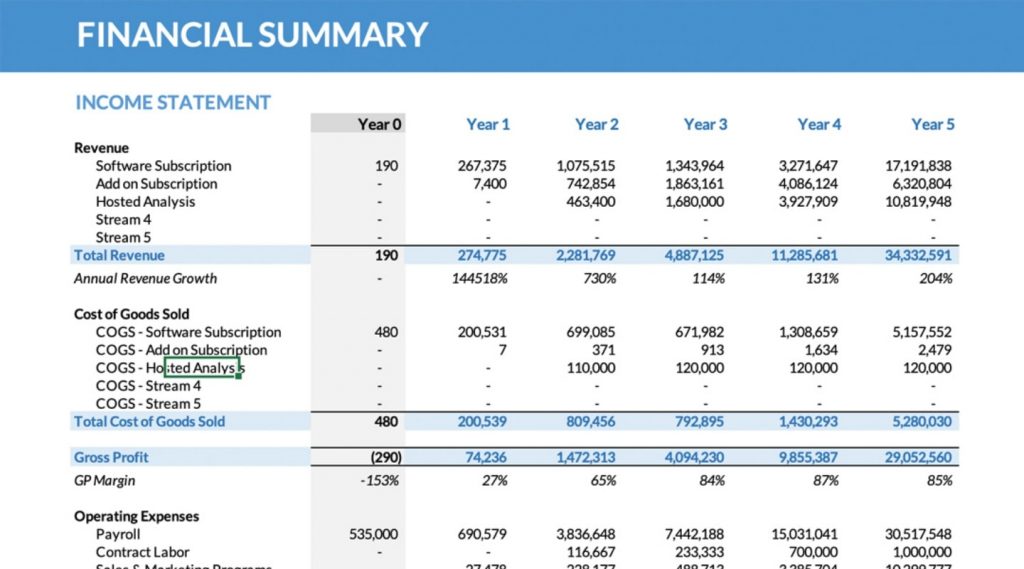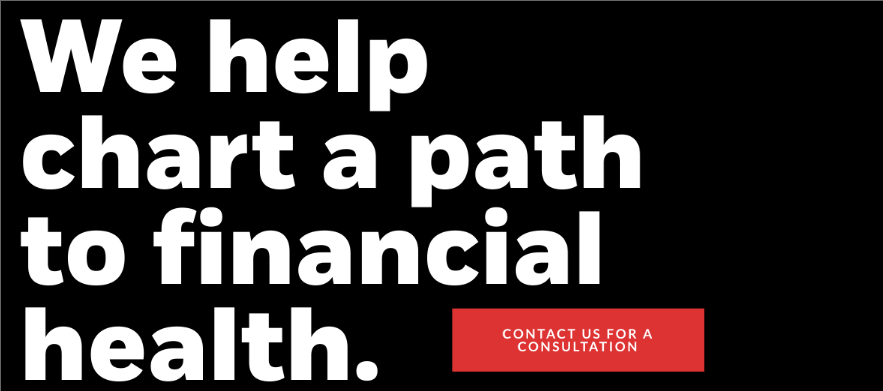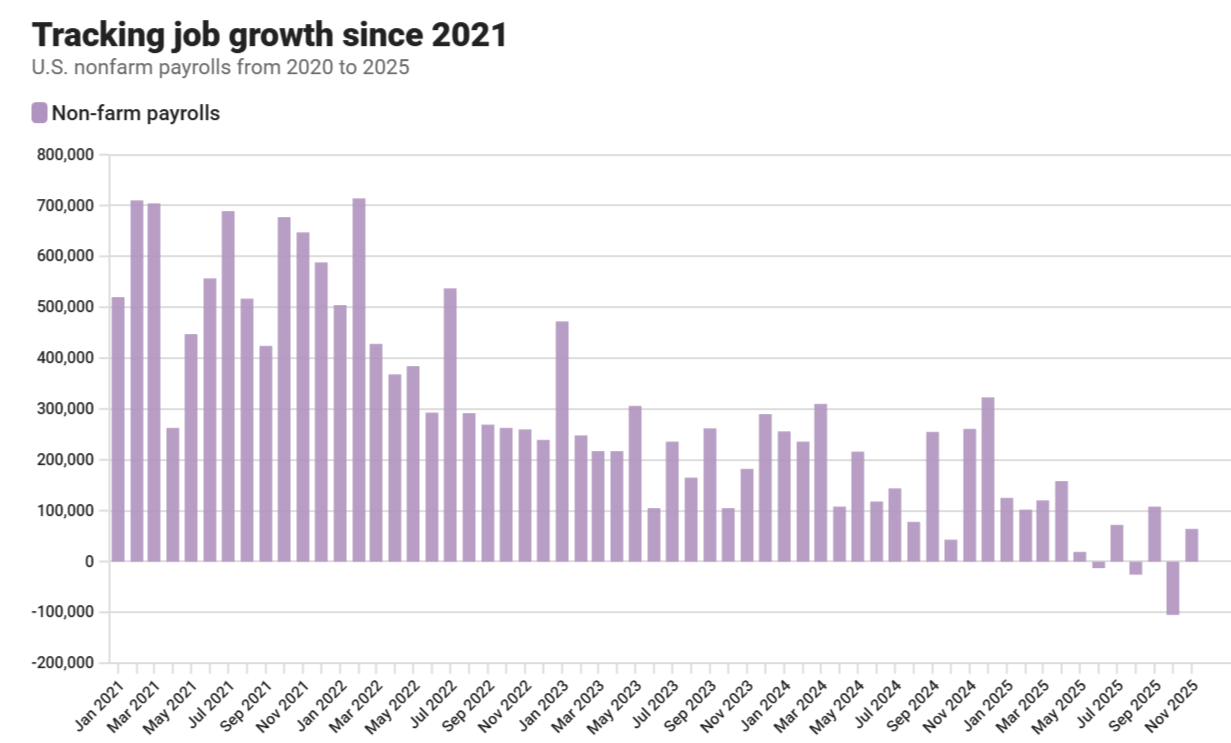 What exactly are financial statements for a business? In general, there are three main financial statements issued by companies to comply with GAAP (generally accepted accounting principles) — which include the income statement, balance sheet, and cash flow statement. Financial statements represent a formal record of the financial activities of an entity. These written reports quantify the financial strength, performance, and liquidity of a company.
What exactly are financial statements for a business? In general, there are three main financial statements issued by companies to comply with GAAP (generally accepted accounting principles) — which include the income statement, balance sheet, and cash flow statement. Financial statements represent a formal record of the financial activities of an entity. These written reports quantify the financial strength, performance, and liquidity of a company.
If you own a small to medium sized privately held San Diego business, you may think that putting together financial statements is a mundane number crunching task. As the business owner, why can’t you have your CPA firm crank it out for you and send it off to all the places it needs to go (investors or lenders)? Yes, accounting firms can handle this.
Savvy startups and business understand that being on top of their numbers and books is not a perfunctory or halfhearted job. A company’s financial statements can paint detailed pictures about how the business is doing or performing. As an example, Andrea Brady of Concannon & Miller said in an article “Gold has value because of its beauty and rarity.” she also mentioned, “Your business has value because of its profitability, cash flow and potential for future wealth.”
Why Should you Care about This?
Having a solid understanding of your business’s financial reports can help when it’s time to speak with lenders and financial professionals about getting a line of credit or a small business loan. By analyzing your financial statements, you can look across your organization and spot any areas of profitability or excessive cost you may need to examine further. Let me make one thing clear: every decision you make as a business owner will have a direct or indirect effect on your financials. When you thoroughly understand the economic drivers of your company’s financial performance, you can optimize working capital and gain more insights. To drive the-profitable “business activities” to achieve more growth and revenue. You can start to derive financial ratios from the statements that can indicate the condition of the business.
The fundamentals of Financials: Income Statement (aka) P&L
An “income statement” also referred to as a “profit and loss statement,” is an essential financial document which measures a businesses expenses (e.g., salaries and wages, depreciation, rental charges, etc.) and income (e.g., sales revenue, dividend income, etc.) in terms of net profit or loss over a specified period.
It’s vital to have them reviewed on at least a monthly basis to understand how well your company is doing. Privately-held companies can use financial statements to help answer the following questions:
- Is my company generating a profit?
- Am I spending more than I’m earning?
- When am I spending the most, and when are my costs lowest?
- Am I paying too much to produce my product?
- Do I have money to invest back into the business?
Here are some basic financial terms that you should familiarize yourself with to read your financial statements better:
- Revenue: What your business takes in
- Expenses: What your business spends
- COGS (Cost of Goods Sold): Taking into account the parts of what it takes to make whatever you sell
- Gross profit: Total revenues less COGS
- Profit: Total revenues less total expenses
- EBITDA: Earnings before interest, depreciation, taxes, and amortization
You will want to pay close attention to the line item, called gross profit because that is what is available to pay your company’s operating expenses. The term EBITDA is used when a lender or investor wants to analyze a business’s profitability. Some will argue that EBITDA offers a more accurate reflection of operations by stripping out expenses that can obscure how the company is performing. Reviewing these numbers can help you figure out where are the areas that need to be improved, including benchmarking them against industry averages. The better you understand the financials, the more confidence you will have to tell your business’s story to investors, accountants, CPAs, lenders, buyers, clients, and if need be the IRS. In publically trading company’s that have investors, the net income figure from the income statement is the basis for the widely used earnings per share, or EPS, number.
The Fundamentals of Financials: Balance Sheet
While the income statement can show the company’s revenue, expenses, and profitability (how well they are doing) for a particular reporting period, either annual or quarterly. A balance sheet is a specific snapshot moment in time of the financial strength of the business. The balance sheet contains information about the company’s liabilities, assets, and shareholders’ equity, and is based on this accounting equation:
Assets are what you own, while liabilities are what you owe. Assets and liabilities are usually broken down into short-term (current) and long-term. In private companies, liabilities might be things such as credit accounts, bank loans, and lease payments. Equity is what your company is worth from a cost perspective (not fair market value). Positive equity means that you have more assets than liabilities. A balance sheet is a place to look if you want information about:
- a public company’s cash and equivalents
- long-term investments
- accounts receivable
- debts
- the number of shares outstanding
- retained earnings.
In a private company that does not have any investors that shareholder equity could be owned by totally you. It could the capital (money invested into the business by the owners). It’s the money that would be left if a company sold all of its assets and paid off all of its liabilities. This leftover money belongs to the shareholders, or the owners, of the company.
The most distinct difference between single-owner businesses and larger corporations shows in the “owners’ equity” section of the balance sheet. Owners’ equity sections for corporations are often labeled “shareholders’ equity,” since stockholders technically own corporations jointly. Shareholders’ equity sections for corporations include shares of stock outstanding, dividends paid out, and retained earnings.
Owners’ equity sections for single-owner companies cannot include stock shares outstanding or dividends. Instead, private businesses list dollar amounts contributed by company owners and outside investors in this section.
The Fundamentals of Financials: Cash Flow Statement
The cash flow statement (also referred to as the statement of cash flows) can sometimes get overlooked, but it is just as meaningful as the other statements. Many small businesses and startups fail from improper cash flow management and the lack of working capital to keep it going. The reason I briefly went over the income statement and balance sheet first are that cash flow ties directly into those numbers. The Cash Flow statement will show you have spent your company’s cash over a specific period, and it is generally made up of three distinct categories: operating, investing and financing. Here is a little more detailed information about these areas of cash flow:
- Operating Activities: This is how much cash have you generated from making and selling your product. A positive balance indicates you are managing your business well. A negative balance means problems, including possible pricing issues or aging accounts receivable (i.e., customers not paying promptly.)
- Investing Activities: This is how much cash have you invested in your business or made from investments (stock, bonds, etc.) A negative balance indicates you may be in growth mode and investing back into your business.
- Financing Activities: This is how much you received from debt or how much debt you have paid down. A positive balance could indicate you took out debt to either pay for expenses or to invest in your business, while a negative balance could mean paying down debt.
Somethings that Financial Statements Do Not Tell You
So as useful as having strong financial statements are for yourself as a business owner or any outside stakeholder that is interested in knowing more about the companies finances. Some financial aspects will be NOT covered or revealed in these reports or statements such as:
- What is financial well being of this company’s performance going to in the future?
- Has any fraud happened or cooked books, etc.?
- Using only financial statements is there enough info to benchmark and compare this company to businesses in the same industry?
- The market value of your business assets
- Non-financial factors surrounding the business
- How do the actual numbers compare to budget?
Financial Statements and Ratios
When lenders and potential investors review your financial statements, and they sometimes use critical financial ratios to access the health and economic well being of the company. If you want a lender to extend a line of credit to your business, do you know what types of financial ratios they will want to see in order to feel safe lending to you? Ratios can vary by industry, business size, and a myriad of other factors, but generally speaking the most used benchmarks are:
- Current ratio: 1.5-to-1 or higher
- Quick ratio: 1-to-1 or higher
- Debt to equity ratio: 3-to-1 or higher
Here are other ratios which you should know about:
- Performance ratios (gross profit margin, operating expense margin, net profit margin) should be consistent with your history and others in your industry.
- Accounts receivable turnover ratios should be consistent with your A/R terms.
- Inventory turnover ratios should be consistent with your history and others in your industry.
- Accounts payable turnover ratios should be consistent with your payment terms.
Keep in Mind: ratio expectations are not set in stone. Having a strong performance in one ratio could outweigh or counterbalance having a weakness in another. Understanding your startup’s numbers and financial statements will help you to tell better present your organization’s fiscal position more accurately.
Conclusion
Financial statement analysis services can help a business to make smarter decisions such as: whether to restructure or close a part of your business, help negotiate for a bank loan to increase its working capital, answer financial reporting questions, or to figure out the break-even analysis point.
Thomas Huckabee CPA’s unique, holistic, and intimate approach to financial strategy sets us apart from smaller San Diego CPA firms with more limited resources as well as mega firms.











